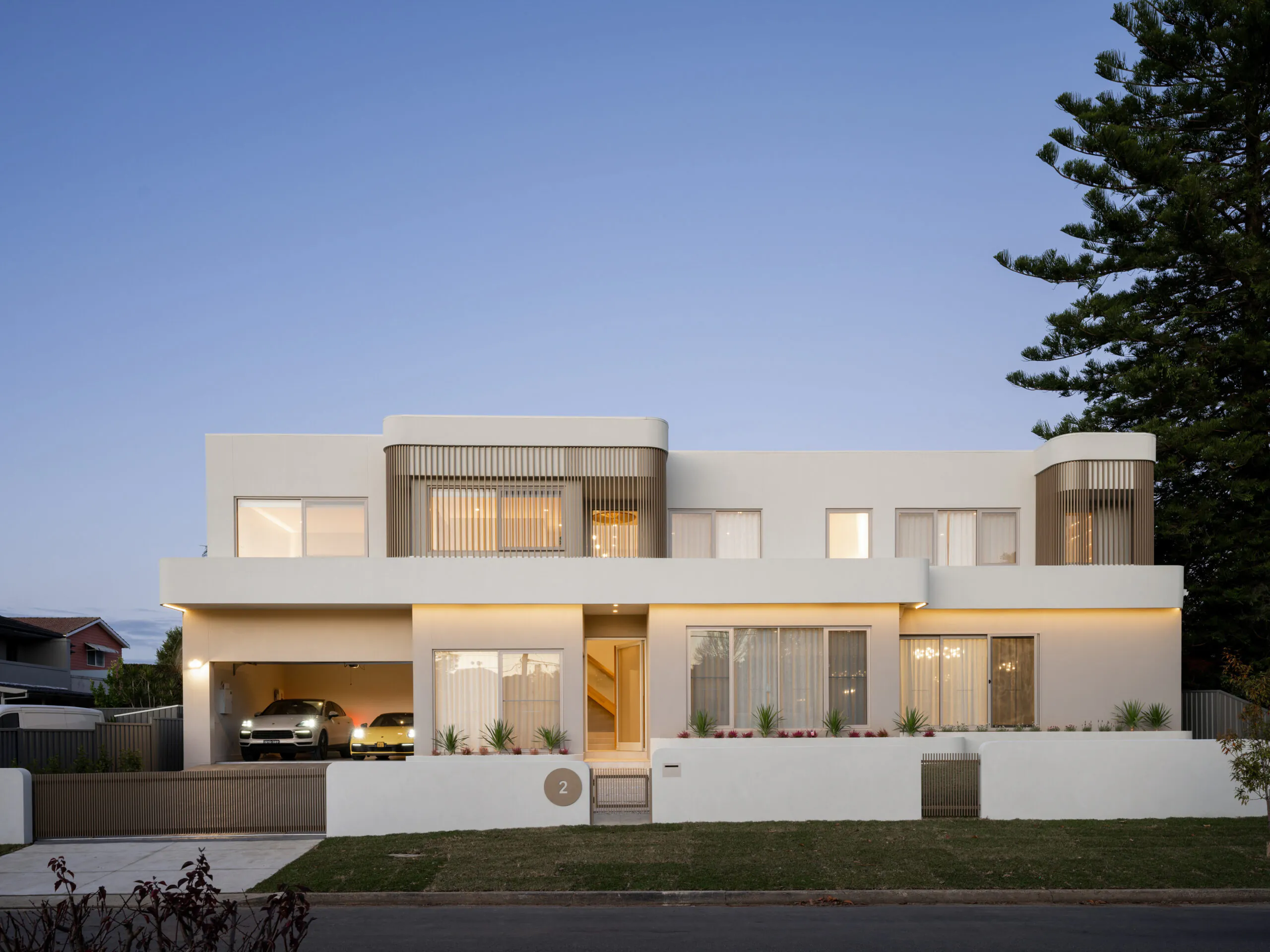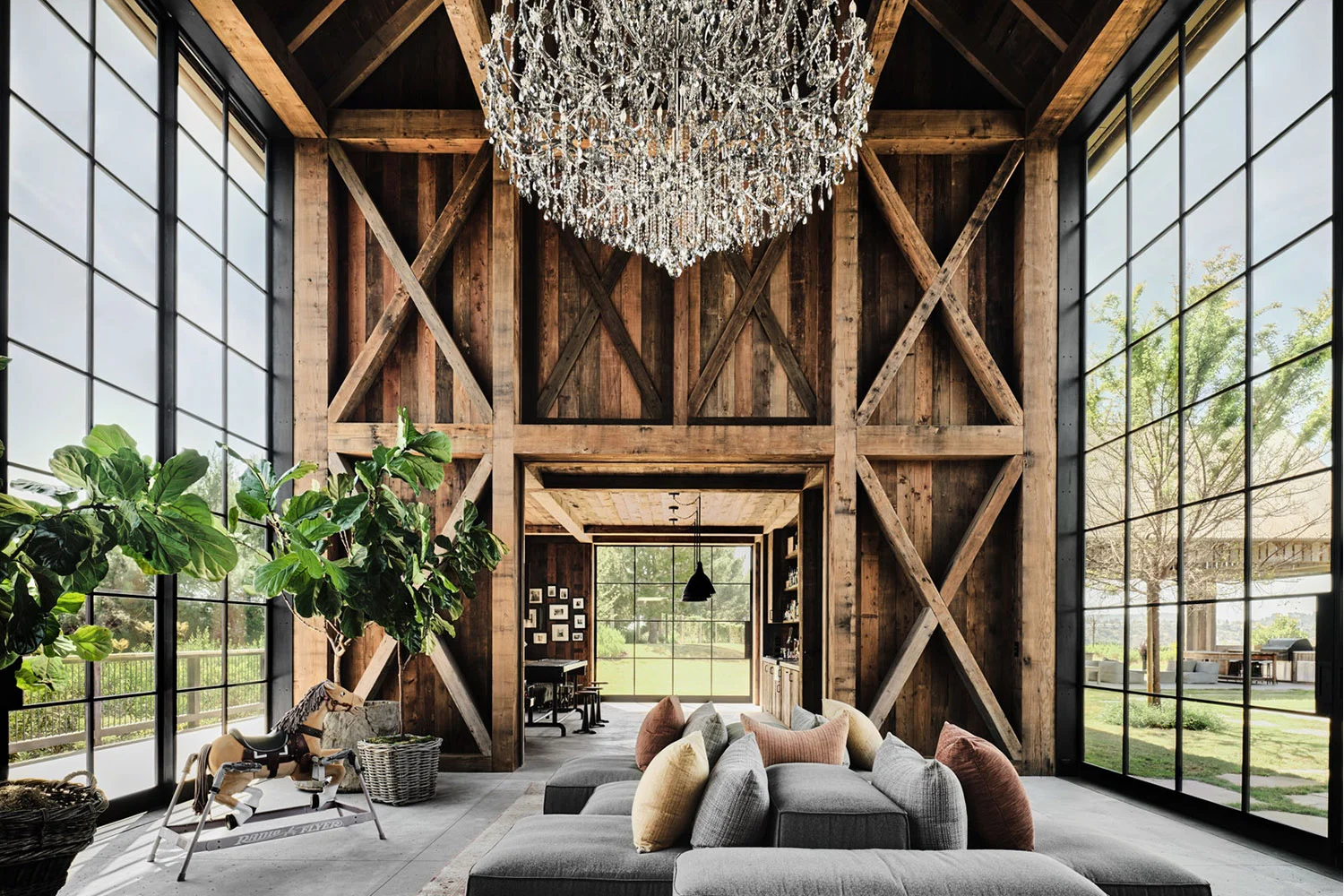Canada’s Population Stall Shakes Vancouver Housing: Developers Lobby for a Return of Investors
Jul 17, 2025
Demand Hits a Wall
For the first time in more than a decade, Canada’s population curve has flattened. Statistics Canada’s preliminary April–June estimate shows essentially zero net growth quarter-over-quarter — a stark reversal from the 1-million-plus surge recorded in 2023.
Vancouver, which normally rides each immigration wave harder than any other city, is feeling the chill first:
Home sales down 18 % year-to-date.
Purpose-built-rental starts off 30 %.
Presale absorption at its lowest level since 2012.
Developers, already squeezed by 6 % construction loans and soft presale demand, say the sudden pause in population growth has exposed just how dependent Greater Vancouver housing is on a constant flow of newcomers.
“You pull even one demand lever out and the whole pipeline seizes,” says a senior executive at a top three Vancouver tower builder, speaking on background. “If growth stays flat, half the projects you see on marketing websites will never pour concrete.”
From Frenzy to Freeze — How We Got Here
2022–2023: Record immigration, record enrolment Universities, private colleges and employers scrambled for units; rents soared 20 % in 18 months.
Late 2024: Federal cap on new study permits + stricter LMIA rules Net international migration slows sharply.
Q1 2025: Higher renewal-rate mortgages pinch domestic movers; listings climb but buyers vanish.
Q2 2025: Population standstill confirmed; financing taps tighten; developers shelve projects.
Result: a market that thrived on relentless demand suddenly has to price product for locals only – and discovers the math doesn’t pencil.
Developers Turn Up the Heat on Politicians
A Two-Pronged Lobbying Blitz
Re-invite “temporary” capital.
Industry groups — led by the Urban Development Institute (UDI) and the B.C. chapter of the Canadian Home Builders’ Association — are urging Ottawa to ease the two-year foreign-buyer ban six months ahead of schedule and carve out exemptions for presales and purpose-built rentals.Rebrand domestic investors as “missing middle” backers.
Builders want federal and provincial governments to drop the anti-speculation rhetoric and restore full interest deductibility for secondary-property mortgages, arguing small investors “bridge the equity gap” on many multi-family projects.
The messaging is blunt: without outside equity, the housing-supply targets pledged by Ottawa and Victoria “cannot be met.” Insiders hint that several high-profile towers in Burnaby’s Brentwood and Richmond’s Oval Village hang on the outcome of these lobbying efforts.
Critics Push Back
Housing advocates counter that developers are peddling the same formula that inflated prices to begin with.
Paul Kershaw, UBC economist:
“If your pro-forma only works when condo assignments are flipped to offshore money, maybe the project doesn’t serve resident wages. The answer isn’t to reopen the casino.”Sarah Nguyen, Renters United BC:
“Momentum is ‘rattled’ because the market was priced for investors, not occupants. A pause is what affordability needs, not a bailout for spec builders.”
On the Ground: What the Slowdown Looks Like
Metric | June 2024 | June 2025 | % Change |
REBGV Total Sales | 2,418 | 1,981 | -18 % |
New Multi-Family Starts | 3,200 | 2,240 | -30 % |
Average West-Side Detached Price | $3.22 M | $3.05 M | -5 % |
Average 2-Bed Rent (City of Van) | $3,301 | $3,210 | -3 % |
Presale absorption data:
Downtown luxury: 28 % (needed >60 % to break ground)
East-Van wood-frame condo: 42 % (needed 50 %)
Surrey three-bed townhouse: 58 % (still viable)
Financing is the New Bottleneck
Lenders that once advanced 75 % loan-to-cost now cap at 60 %, demand 50 % presale test thresholds, and price debt 275 – 325 bp over prime. Even projects with city approvals can’t clear those hurdles without a big equity cheque — historically supplied by foreign assignment buyers.
A prominent Vancouver construction lender sums it up:
“Give me 60 % locals and 40 % foreign investors on the presale sheet, and I’m comfortable. Right now it’s maybe 15 %.”
Until either rates fall or investor rules loosen, many land assemblies will sit vacant.
Political Cross-Currents
Federal Liberals face election pressure in suburban battlegrounds where affordability is a daily gripe.
B.C. NDP vows 290,000 new units by 2030 — targets now at risk.
Opposition parties accuse both levels of government of triggering supply failure with “over-correction” on immigration and taxes.
Expect a tricky autumn session: retreating on foreign-buyer bans is unpopular, but missing housing-start targets may be worse.
What’s Next?
Immigration Policy Review (September 2025).
Ottawa will update its three-year levels plan. Developers hope for a bigger ‘temporary resident’ allocation.BoC Rate-Cut Window (Q4).
Even a 50-bp cut could bring sidelined domestic move-up buyers back, cushioning sales.Municipal Fee Revisions.
Several Metro councils signal willingness to defer DCC hikes again if housing starts keep sliding.Investor-Class Visa Pilot (rumoured).
Industry insiders whisper about a small-scale, limited-city pilot to test a revamped investor-visa stream tied to rental supply.
Bottom Line
A flat population curve has exposed how leveraged Vancouver’s housing engine is to constant inflows of people and capital. Builders, suddenly staring at empty sales centres and frozen financing, want the taps reopened — fast. Critics warn that turning the demand hose back on will drown any hope of affordability.
The next six months will reveal who wins that tug-of-war. For now, the city’s cranes are slowing, sales are sagging, and the once-unstoppable Vancouver housing machine is rattling louder than at any point in the past decade.
























